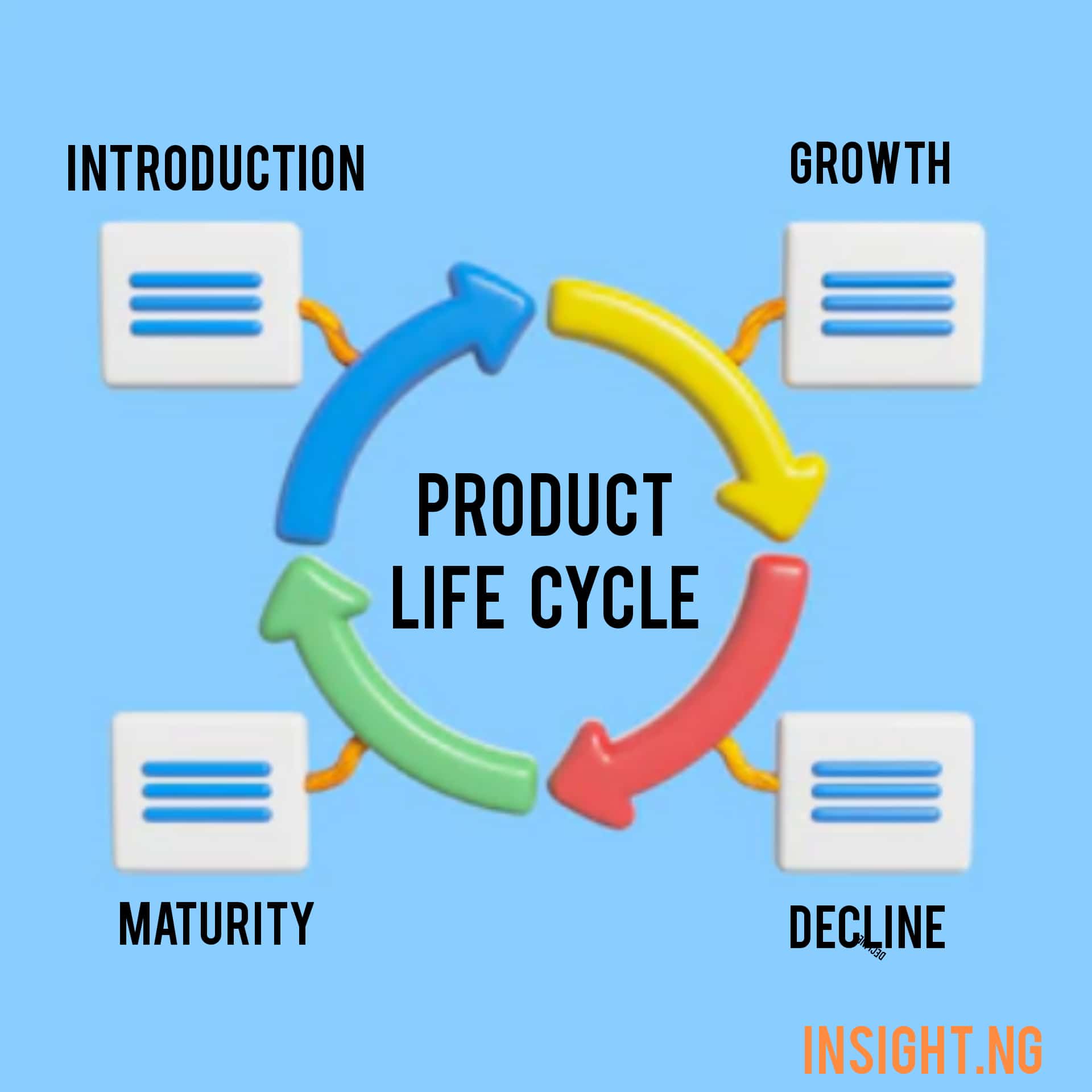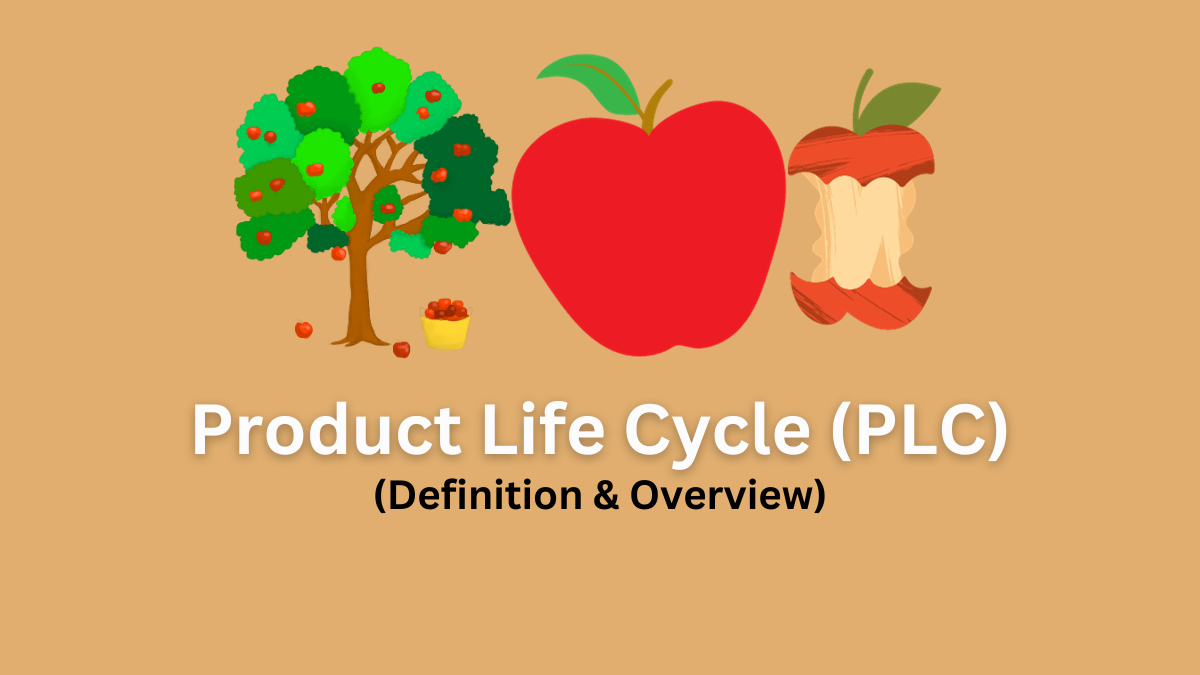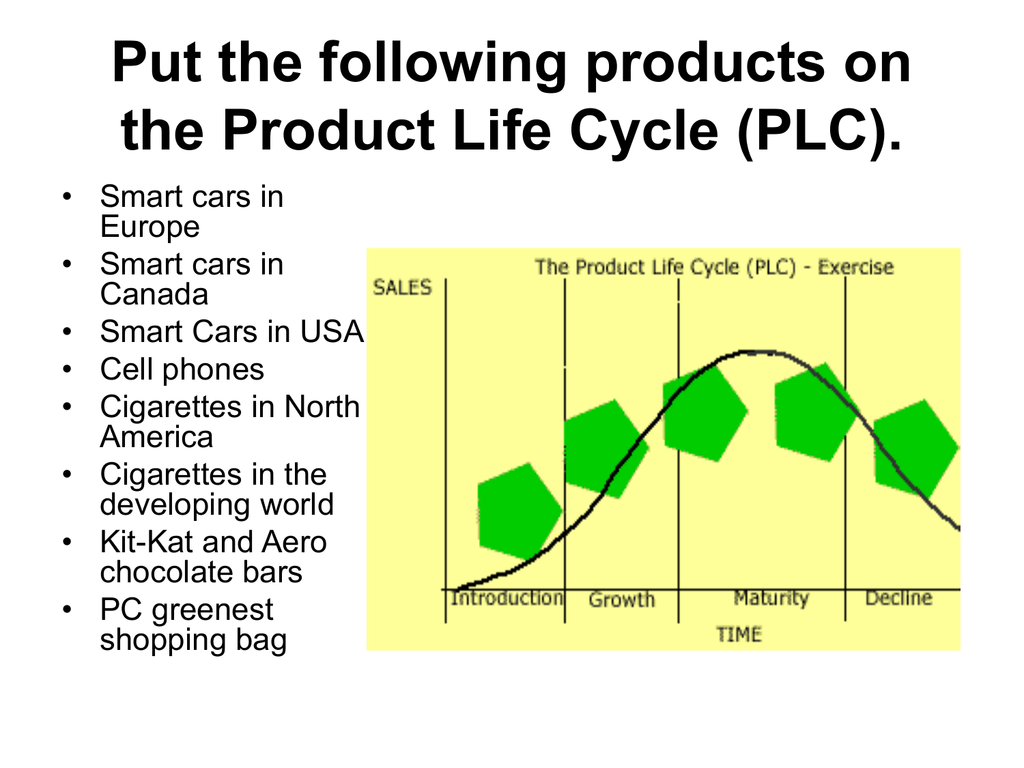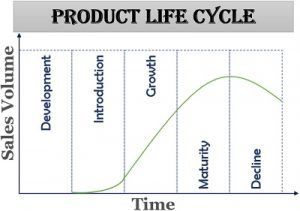Product life cycle (PLC) is the process from when a product appears on the market, expands sales, and eventually declines from the market, and is like the “life of a product.” Knowing the product life cycle allows you to create effective marketing strategies for your products, leading to more profits.
In this article, we will explain the details of the product life cycle using specific examples.
What is Product Life Cycle (PLC)?
After launching a new product, sales do not always remain constant. There is a major flow from the start of sales, where sales gradually increase as popularity increases, reach a peak, and then eventually sales decline and disappear. A framework that captures such changes in product sales over time by dividing them into multiple stages is called a “product life cycle.”

Although there are some products that do not apply to the product life cycle, it can be used as a guide for the sales trends of many products, and it is knowledge that marketing managers should know.
The product life cycle has four stages: introduction, growth, maturity, and decline, or five stages with a saturation stage added between the maturity and decline stages.
By using this framework, companies can easily check whether their marketing strategies are appropriate for the current stage and predict future stages.

Four stages of the product life cycle

The product life cycle can be divided into the following four stages.

1. Introduction period This is the period when a new product has just been launched. Since not much is known about the new product, during the introduction period, you must focus on increasing product awareness. This is the time when advertising costs and personnel costs are incurred.
2. Growth period This is a period when the overall market becomes larger and product sales rapidly increase. As customers gradually acquire product knowledge, it is necessary to respond to detailed needs based on customer feedback. During the growth period, other companies are likely to start selling similar products, so promotions are needed to differentiate the products from those of other companies, such as diversifying the product types and focusing on improving the brand power of the products. It will be.

3. Maturity stage The number of competitors increases and the market matures. This is also the time when the number of similar products increases and price competition occurs. At this stage, demand will reach a limit and the market will not expand, so companies must strive to maintain and maximize sales of their products within the limited market.
4. Saturation period This is the period when demand stagnates and sales stop growing. Price competition in the mature stage leads to the availability of low-priced products, which become dependent on repeat customer demand.
5. Decline phase: This is a period when the market size and sales decline as the need for the product itself disappears, and a strategy is needed to find a way to maintain existing customers. We will consider withdrawal, and if we do not withdraw, we will aim for innovation, such as changing the concept or making major improvements to the product.
In this way, in order for a company to start selling a new product and earn as much profit as possible, it is important to understand the characteristics of the product life cycle and develop strategies for each stage.

Application examples of product life cycle
Here, we use feature phones as an example.
Feature phones were introduced in the late 1990s. Until then, there had been a need for portable information transmitting devices such as cell phones and pagers, but it was born as a more convenient and advanced device.
This period can be said to have been the “introduction period,” but at the beginning Japanese people did not know exactly how to use feature phones, and many people were not even aware of the convenience of feature phones, let alone their existence. It is thought that there was not.
After that, the functionality and convenience of feature phones became recognized, and user needs increased, leading to a period of rapid market growth.
Around this time, not only one company but other companies began to develop and sell a variety of feature phones.
After reaching a “maturity phase” when the three companies Docomo, au, and Softbank monopolized the market, it gradually reached its current “decline phase” with the development of smartphones around the 2010s. .
Today, it can be said that most of the needs for feature phones have been replaced by smartphones, tablets, etc.
With the birth of the feature phone, pagers entered a “decline period”, and with the release of smartphones, feature phones entered a “decline period”, so I strongly feel that products also have their ups and downs.

Precautions when applying the product life cycle to reality
Marketing that understands the product lifecycle can help companies earn profits more effectively.
On the other hand, when applying this to real-world problems, it is difficult to accurately grasp the stage your company is currently in, and it is also difficult to judge the growth prospects of the market itself.

It is important to use the product life cycle as just one perspective and respond in a multifaceted and flexible manner. Rather than being satisfied with creating a perspective using a framework, we need to constantly ask ourselves whether we are able to capture the complex intertwined phenomena of reality.

summary
◆What is the product life cycle? Changes in product sales are divided into four stages: “introduction stage,” “growth stage,” “maturity stage,” and “decline stage,” or five stages: “maturity stage” followed by “saturation stage.” things

◆The period when a product is launched and there is no competition but initial investment is required is called the “introduction period”.
◆The period when sales increase rapidly but competition gradually appears and differentiation becomes important is called the “growth period.”
◆The period when the overall market size reaches saturation and the main players become fixed is called the “maturity stage”.
◆The period when the size of the market itself shrinks and product sales decline is called the “decline period”.
◆In actual marketing, it is difficult to accurately grasp which stage of the life cycle the product has reached, and flexible responses are often required.

